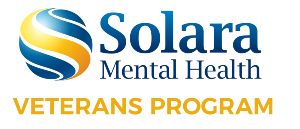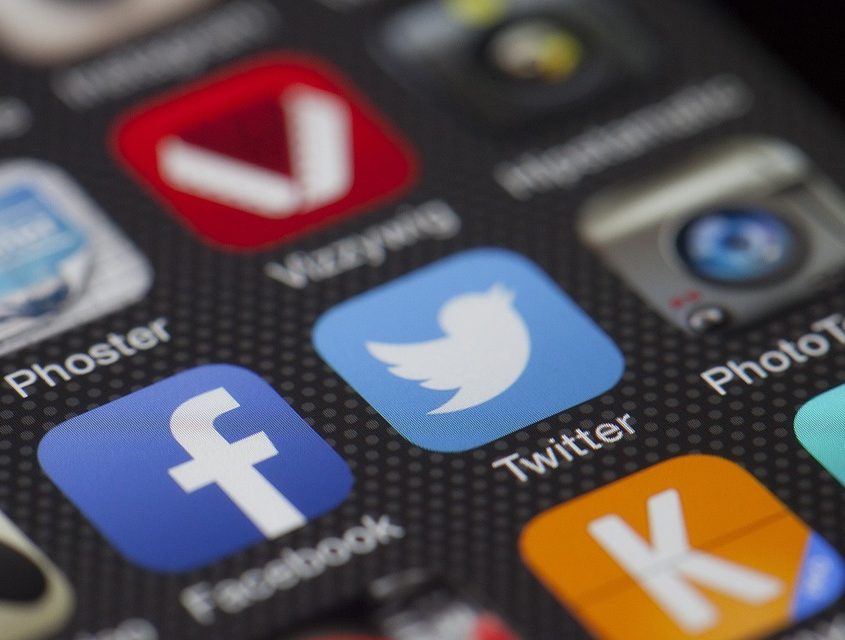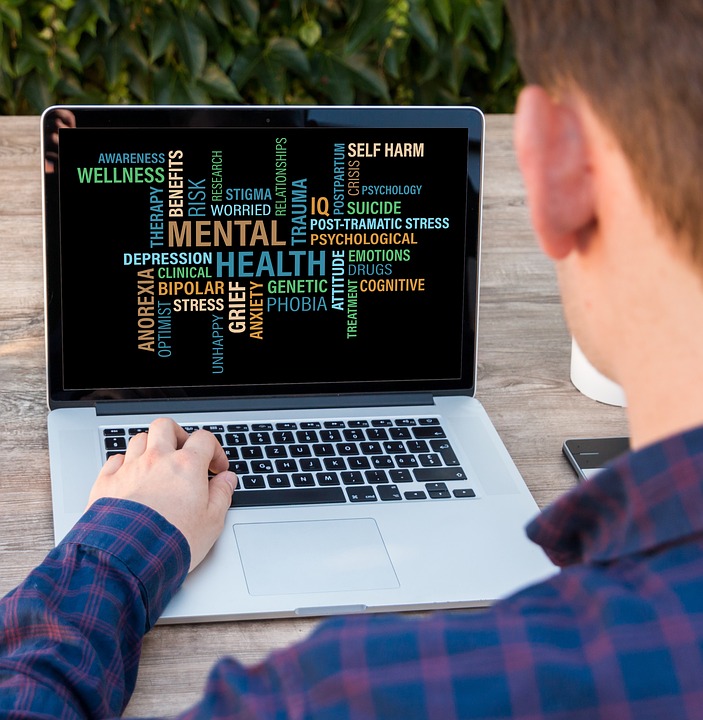
Image courtesy of Pixabay.com
Top mental health blogs? Maybe it’s never occurred to you to follow one.
It’s no simple task to keep up with all the latest in regards to mental health research, updates, news, etc. To be sure, it’s a landscape that is constantly in flux. If you live with a mental illness or have someone you care about that does, you should be following as many expert mental health blogs and writers on as many related and relevant mental health issues as you can. Many are fighting hard to reframe the mental health discussion, tearing down misperceptions and stigma regarding mental health, and to just give you a new way to think about the issues you face. With any luck, one day the world can be one where mental health issues are taken seriously, and those with mental health are not discriminated against.
Check out some of the following blogs and writers, and see if you can’t learn something new from them:
- Reddit (Mental Health/Mental Illness)
For those not familiar with Reddit, it is a U.S.-based social news aggregation, web quality content rating, and open discussion website. Registered members can submit content to the site such as articles, text posts, images, and other links, and then the Reddit community votes each post up or down. The most popular and interesting, relevant, and interesting posts surface to the top.Website: https://www.reddit.com/r/mentalillness
About This Blog: A place for openly discussing mental health and mental illness with other interested community members
Frequency: Nearly 30 new posts weekly
Facebook followers: 1,159,181 Twitter followers: 565K
- The Mental Elf (Mental Health)
Oxford, UKA resource to help you find just what you need in keeping up-to-date with all of the latest important and reliable mental health research and guidance. Blog posts featuring short and snappy summaries that highlight evidence-based publications relevant to mental health practice.Website: https://www.nationalelfservice.net/mental-health/
About This Blog: Keeping you up to date with the latest reliable mental health research, policy, and tips.
Frequency: 3 new posts weekly
Facebook followers: 5,641 Twitter followers: 59.6K
- Sluiter Nation (Mental Health)
West MichiganKatie Sluiter (pronounced “Sly-ter”) is a wife, a mother, a teacher, a reader, and a writer living in a small town in West Michigan. She has a Master’s Degree in English Education from Western Michigan University and teaches in a Title 1 Junior High School near Grand Rapids, Michigan. Her writing has been published in the 2012 anthology of Every Day Poets, the May 2013 issue of Baby Talk Magazine, the book Three Minus One , the anthology My Other Ex, and in the Language Arts Journal of Michigan. Most recently her essay about her struggle with postpartum depression was published in Mothering Through the Darkness: Women Open Up About the Postpartum Experience.Website: https://www.sluiternation.com
About This Blog: Katie has experienced many challenges in her life including various losses and mental health issues. The adversity she has faced inspired her to write her story and set up a blog to provide inspiration to the people and mothers, who like her, grapple with mental illness.
Frequency: 2 new posts weekly
Facebook fans: 1,274 Twitter followers: 5,981
- Elisha Goldstein, Ph.D. (Mindfulness/Psychotherapy)
West Los Angeles, CADr. Goldstein is currently a licensed Psychologist in private practice in West Los Angeles and also teaches mindfulness-based programs through The Center for Mindful Living and InsightLA. It’s all about mindfulness. Mindfulness is the ability to cultivate awareness of the present moment while putting aside our programmed biases. It is being in connection with the direct experience of the present moment, the here and now. http://elishagoldstein.com/blog/
About This Blog: Articles, free audio/video, and other resources that can give you insights into working through a mental illness and toward growth and recovery. Stress? Anxiety? Depression? Trauma? Addictive behaviors? No matter what you bring to the table, this is a place where you will find help and support.
Frequency: 4 new posts monthly
Facebook followers: 11,085 Twitter followers: 20K
- From Both Sides of the Couch | Psychology Today (Mental Health)
New York, NYA therapist reflecting on her time with patients…and her time as a patient. Her writing explores her journey with mental illness and healing.Website: https://www.psychologytoday.com/us/blog/both-sides-the-couch
About This Blog: Gerri Luce is a licensed clinical social worker, publishing under a pseudonym to share her experience and insights. Now in her 50s, she spent her late twenties and thirties battling anorexia, major depression, and borderline personality disorder. Her essays have appeared in a number of literary journals and anthologies.
Frequency: About 1 new post monthly
Facebook followers: 7,384,665 Twitter followers: 571K
What are you waiting for? Get out there and start following a mental health blog that really speaks to you! Come to think of it, why not keep up with the valuable information in this blog?
Do you or someone you love struggle with mental health issues? Fear not! You got this! If you or someone close to you need to talk to someone about mental health issues that seem overwhelming, we can help. Consider reaching out to our expert team at Solara Mental Health at 844-600-9747.










